|
Lyon Cottage must be one of the oldest surviving cottages in Yetholm, but unfortunately it is one of those tucked-away buildings that somehow tends to be missed out or obscured when photographs were taken. The image above was taken in August 1902 - Lyon Cottage is the building with the steep thatched roof more or less in the centre of the scene. Another view of the cottage can be seen in the postcard shown below - the bit with the cottage has been enlarged and is shown on the right. This second image shows the Wauchope Memorial (unveiled September 1902), so it must have been taken between that date and 1904, when the card was posted. Yetholm's contribution to civilization has been immense, but why should Lyon Cottage now get a blue plaque? Last month's blog discussed the Sweet family and their nursery garden in Town Yetholm and this month we have a somewhat similar theme - Lyon Cottage deserves a plaque because it was (almost) certainly the home of the world-famous 'Lyon Prizetaker Leek'. To prove the case we need to first take a look at the Lyon family, who gave the name to the cottage, which was their home . . . The family may have been in Yetholm for longer, but the story can begin with (1) David Lyon, a shoemaker, who married Jean/Jane Adamson at Yetholm 1777. In 1782 David borrowed money from James Robson of Belford to buy the rental rights to the house in Town Yetholm now known as Montrose Cottage. David and Jean had several children, including a son, David, born in 1786. (2) David Lyon junior was also a shoemaker. He married Agnes/Ann Wightman in Yetholm on 25th May 1806 and the couple had several children, including two sons, Thomas (born 1810) and John (born 1811). These two brothers were to remain in Yetholm for the rest of their lives - Thomas worked as a shoemaker, like his father and grandfather, and John worked as a tailor. In 1833 (3) Thomas Lyon baptised a son called James in Yetholm kirk. The baptism record is somewhat unusual in that no spouse's name is listed. It is shown below with the adjacent, more typical records, included for comparison: Kirk session records show that in May and June 1833 Thomas compeared before the session to confess fornication. He was duly rebuked and restored to church privileges. Again, no woman's name is mentioned and it is only when James dies in 1895 that we discover on the death certificate, which acknowledges he was illegitimate, that his mother's name was Ellen Hunter (Domestic Servant). It is extremely unusual for the father of an illegitimate child to take responsibility for its care. More often, if the father was unwilling to marry, the mother was left to cope on her own. It is possible that Ellen died in childbirth but, whatever the case, Thomas duly baptised and cared for the child. In the 1841 census Thomas is living in Lyon Cottage with his widowed mother, his sister Jane, two apprentice shoemakers - and seven year old James. He was to remain there for the rest of his life. At some point in the 1840s Thomas married Mary Mitchell, but in January 1849 their seven week old son, David, died and Mary herself died in April 1849. Presumably the birth had been traumatic. Thomas then married Elizabeth Winter, daughter of Isaac Winter, forester, Harelaw, on 14th June 1850 and a son - again called David - was born on the 9th Nov 1856. Elizabeth was to die in 1859. David (a journeyman draper) was to die of tuberculosis in Yetholm in 1884 aged 27. Thomas died in 1888, aged 77. At that date his only surviving son was James. (4) James Lyon, like his father, was a shoemaker. He married Jane Leishman in December 1869 in Morebattle. They had two children – Thomas, born 1872, but who died in 1878, aged just 6 and John, born in 1873. James died on 12th May 1895, of tuberculosis, aged 60. His son (5) John Lyon, also a shoemaker, died in 1897, aged 23 - once again the cause of death was tuberculosis. In the 1901 census Jane Lyon is living alone in Lyon Cottage, described as a 'Boot and Shoe Shop Merchant', although there are no journeymen shoemakers present, so it is not clear where she obtained her stock. She died in 1913. With her death a long tradition of Lyon family shoemakers in Yetholm came to an end. The Lyon leek seems to have been introduced to this country in the early 1880s by Stuart and Mein, a firm of seedsmen from the Scottish border town of Kelso, which traded from the 1860s until 1900. Victorian nurserymen had a habit of making outrageous claims for their latest introductions; many of these might be most charitably described as over-optimistic, but when Stuart and Mein extolled Lyon's size and quality they were obly telling the truth . . . for many people it is the finest leek of all. So writes Christopher Stocks in his book Forgotten Fruits: A Guide to Britain's Traditional Fruit and Vegetables, 2008, p. 108. Stuart and Mein were certainly very proud of the Lyon leek - the image above shows a page from their 1903/04 catalogue, advertising a leek competition, which specifically encouraging the use of their seed. But where did Stuart and Mein get the original Lyon leek seeds from? Village tradition has it that it comes from Yetholm and it does seem very likely that it originated with the Lyon family and was named in their honour. Can folk memory be confirmed? Firstly, the newspaper record shows that Thomas Lyon, his brother John and Thomas's son James were keen gardeners and often won prizes in the Yetholm Horticultural Society show. Here are some of the prizewinners from the 1857 show, as listed in the Kelso Chronicle, 30th October: Thomas Lyon gets a second prize for leeks, cabbages (twice) and a first prize for greens, with brother John getting second place. (Incidentally, both men also appear to have been keen bee-keepers). In the next few years their names drop away and are increasing replaced by that of James Lyon. James wins many prizes for both vegetables and flowers. For example the Jedburgh Gazette for 30th October 1875 reports that he won 2nd for drumhead cabbage, 1st for brussel sprouts, 1st for the best basket of vegetables, 1st for the three heaviest leeks (7lb 11oz.). James himself presented a prize for the best two leeks/savoys/greens - clearly the kind of vegetables he was interested in. Also note that Mr Allan, from the firm of Stuart and Meins, presents a prize for the best four leeks (quality) - which, perhaps predictably, was won by James Lyon. Mr Mein himself often attended the show. He is one of the judges, for example, in the 1857 referenced above. He must have met all of the Lyon family - and, in fact, in 1872 presented James with a cup (apparently for his gladioli - though he also won 1st/2nd prizes for his fushias, geraniums, hollyhocks, German stocks, French marigolds, roses and pansies!): In this same show James won first prize for a selection of four leeks: 'The leeks were extraordinary specimens, beautifully blanched, and very large'
None of this proves that Stuart and Meins got their leek seeds from the Lyon family - it's possible that he just named his new variety in their honour, but why would he do this for an otherwise unknown family of cobblers from Yetholm? It is far more likely that they provided him with the original plant stock. Whether they got any money for what became the one of the firms most prominent and rewarded seeds is unknown. Although all of the Lyons were keen gardeners, it seems most likely that it was James, the illegitimate son of Thomas, who developed and gave Mr Meins the seeds. It is his name that features most prominently in newspaper reportsof prize-winning leeks. Not only was a he keen gardener, but he was active member of several Yetholm societies - the angling club and the rifle club, for example, and he was also on the committee of the Fastern E'en games. There is only one gravestone commemorating the family in Yetholm kirkyard - a finely worked piece, though now sadly obscured by the line of holly bushes that line the path and provide a wind-break for worshippers as they make their way to the kirk door. The naming pattern suggests that he was responsible for its erection - it commemorates his grandfather David and his wife Ann; two of his sisters, Ann and Jane; Mary Mitchell, his father's first wife and their seven week old son David; Elizabeth Winter, his father's second wife, along with his half brother David; finally it commemorates his father Thomas, who died in 1888. The simple naming conceals a fair bit of tragedy - early death through tuberculosis - of which James himself was to die a few years later in 1895. He himself has no memorial - perhaps a blue plaque would be a nice touch?
1 Comment
|
Archives
July 2024
|
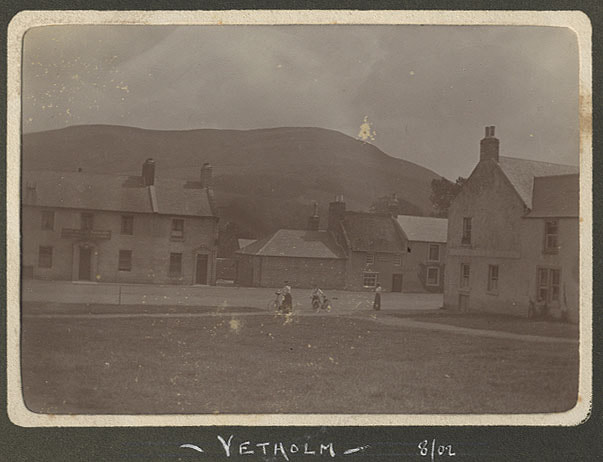

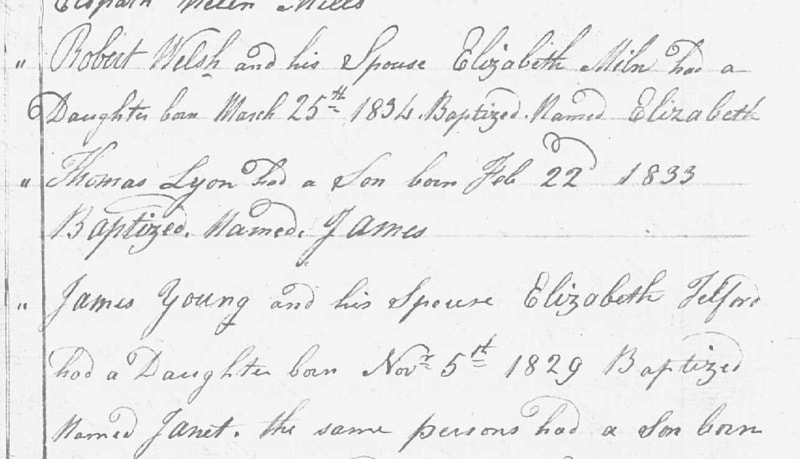
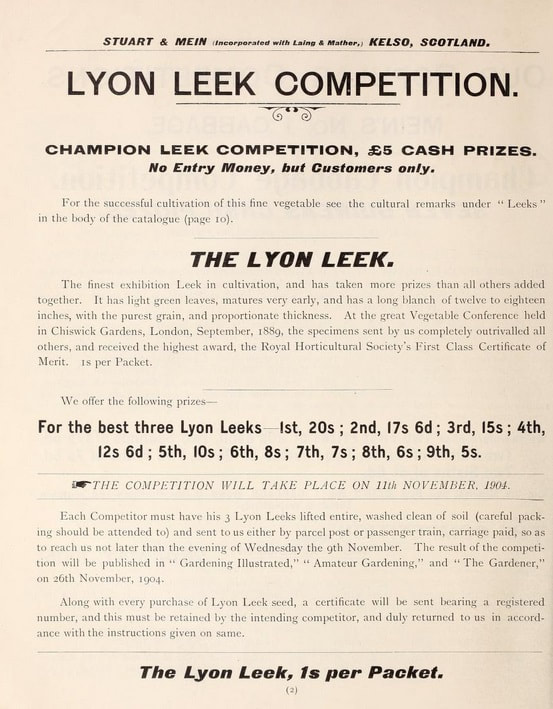
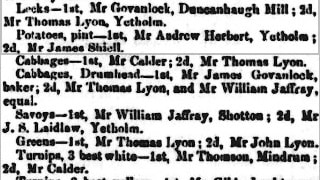
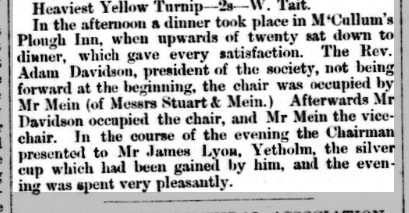
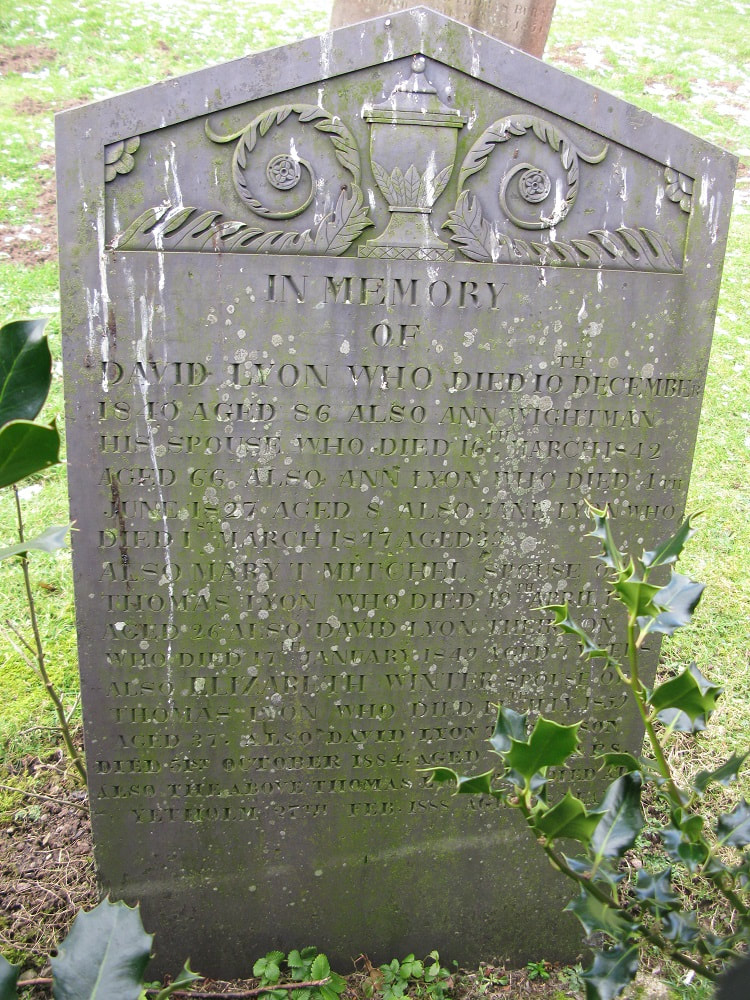
 RSS Feed
RSS Feed
